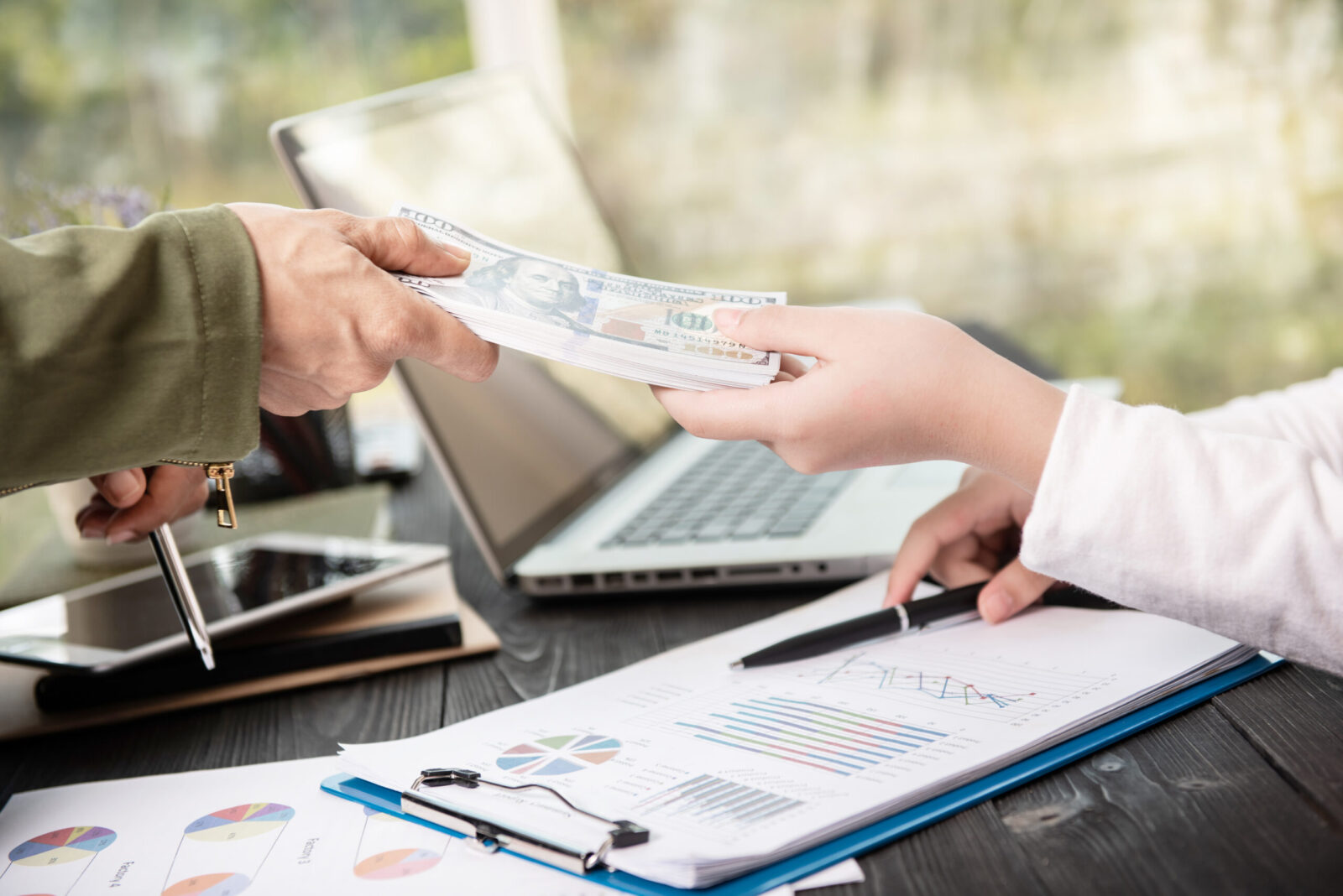Automated Spend Analysis: Key Benefits
Introduction: Controlling expenses and optimising procurement procedures are essential for growth and profitability in a complicated corporate environment. Organisations seeking...

Get 20€ off on your first order!
By optimising software and other expenses, spend analytics helps companies run efficiently. Spend analytics is essential to financial management.
Spend analytics collects, organises, processes, and analyses procurement data.
Spend analysis helps procurement teams make data-driven decisions and:
Most firms use powerful software to perform analysis in a data-driven business environment. Procurement software with spend analytics features centralises data, keeps accurate records, and streamlines data processing.
To gain insights from data, an organisation must invest in analytics. By analysing historical data and financial predictions, spend analytics helps procurement teams meet current and future company needs.
Sometimes businesses must pivot rapidly, cutting costs and finding new suppliers. In response to COVID-19, yes. According to McKinsey, firms faced additional hurdles in recent years, including:
Risk mitigation can help organisations manage economic uncertainties, consumer behaviour changes, and costly supply chain logistics modifications.
Cost savings make procurement teams crucial to a company’s bottom line. A good procurement system with expenditure analytics helps firms maximise resources.
Practical expenditure analysis helps mitigate risk, streamline P2P operations, and cut vendor prices.
Data alone cannot provide actionable insights. When combined with spend analysis, it can save firms money and reveal hidden savings potential.
Buy trends, leakage, and maverick spending are revealed via spend analysis. It can even consolidate vendor arrangements for better ROI. More savings potential mean more financial strategy optimisation for a business.
Spend analytics’ ability to make judgements using past data is another key benefit. Procurement teams may examine key data and KPIs in real time with the correct software.
Which vendor partnerships work? Are their category management initiatives profitable? Is automation used to reduce costs? These questions are easy to address with spend analytics.
cost analytics platforms offer tools and reports to help finance and procurement directors monitor cost. Expenditure breakdowns, overlapping expenditure detection, and contract coverage cost notifications are crucial.
Most spend analytics software can analyse spending by category, department, or supplier, a crucial but powerful capability.
For instance, you may create a more extensive vendor management programme for your top five most expensive vendors.
Your finance team may need department and category spend data for next year’s budgets.
Too often, firms have many software platforms with overlapping features.
When departments independently source project management software, they may pay for two of the same platform.
Spend analytics can identify overlapping licences and consolidate agreements to save costs and vendor risk.
Many SaaS contracts limit usage volumes. Overage fees can snowball and ruin the budget if not recognised early when you pass the contract level.
However, a smart spend analytics tool can help you detect overage charges early and set up automated notifications to notify you of any additional expenditures.
Implementing a spend analytics software platform is a guaranteed way to minimise procurement expenditure and boost profits, but it’s not easy.
Use of a spend analysis solution for data visualisation and management puts procurement experts at the mercy of accessible data.
Business units in some companies store data in distinct software platforms.
Without connecting these systems to your procurement analytics application, you can’t create complete reporting dashboards.
Spend analytics solutions present data, but your procurement unit needs analysis capabilities to drive change.
Fortunately, many platforms provide free webinars to get you started.
Some stakeholders may resist adjustments needed to optimise a spend analytics solution.
For instance, purchasers may need to upload purchase order numbers to the analytics platform, complicating the procedure.
This five-step expenditure analysis method is generic. Remember that every business is distinct and needs customised solutions.
Starting with a target helps your finance staff analyse spend well. Identifying a purpose guides data pattern discovery.
Here are some expenditure analytics goals:
Data can be sourced two ways:
A centralised platform that stores, processes, categorises, and pulls actionable insights from data makes data sourcing and centralization easier. Integrations and APIs allow procurement teams to feed internal and third-party data to verify data analysis.
Working with reliable data is the first step to significant insights. Data may need standardisation, normalisation, cleansing, and continuing maintenance. Larger companies may cleanse data before gathering and analysing it.
If your resource management activities are simple or sophisticated, data-managing onboarding software is essential.
All your data is available for analysis now. Starting with a goal simplifies analysis.
Use your expenditure management software’s reporting features (read about them here) to gain valuable insights.
Many expenditure analyses are possible, including:
Tail spend analysis: Employees spend business money on smaller transactions without tracking them. These purchases sometimes account for more of a company’s expenses than intended.
Contract expenditure analysis: This gives you item-specific expenses. Identifying who bought the item and its supplier helps you negotiate better deals by revealing spend habits.
Category expenditure analysis: Procurement teams may see how much is spent in which categories. An summary of the budget can be gained from this examination. Departmental expenditure costs can be found using category spend analysis.
Supplier profile analysis: Supplier profile analysis improves all supplier relationship management aspects. Procurement teams can assess their negotiation effectiveness, compliance with agreements and policies, and supplier relationships by creating and preserving critical supplier data in their profiles.
Spend data changes frequently, so analyse it routinely. Monthly or quarterly repetition of these procedures allows you to improve your procurement process and identify every chance for savings.
Thank you! You've signed up for our newsletter.


















Introduction: Controlling expenses and optimising procurement procedures are essential for growth and profitability in a complicated corporate environment. Organisations seeking...

Introduction No matter its size, organisation success depends on expense control. From freelancers to huge enterprises, software licences, marketing, and...

Introduction: Agile innovation has revolutionised IT and become the gold standard in software development. Its impact goes beyond IT, affecting...
Introduction: Controlling expenses and optimising procurement procedures are essential for growth and profitability in a complicated corporate environment. Organisations seeking...

Introduction No matter its size, organisation success depends on expense control. From freelancers to huge enterprises, software licences, marketing, and...

Introduction: Agile innovation has revolutionised IT and become the gold standard in software development. Its impact goes beyond IT, affecting...
Get 10€ off on your first order!
Save 30% by buying directly from brands, and get an extra 10€ off orders over €100
Save 30% by buying directly form brands, and get an extra 10€ off orders over €100